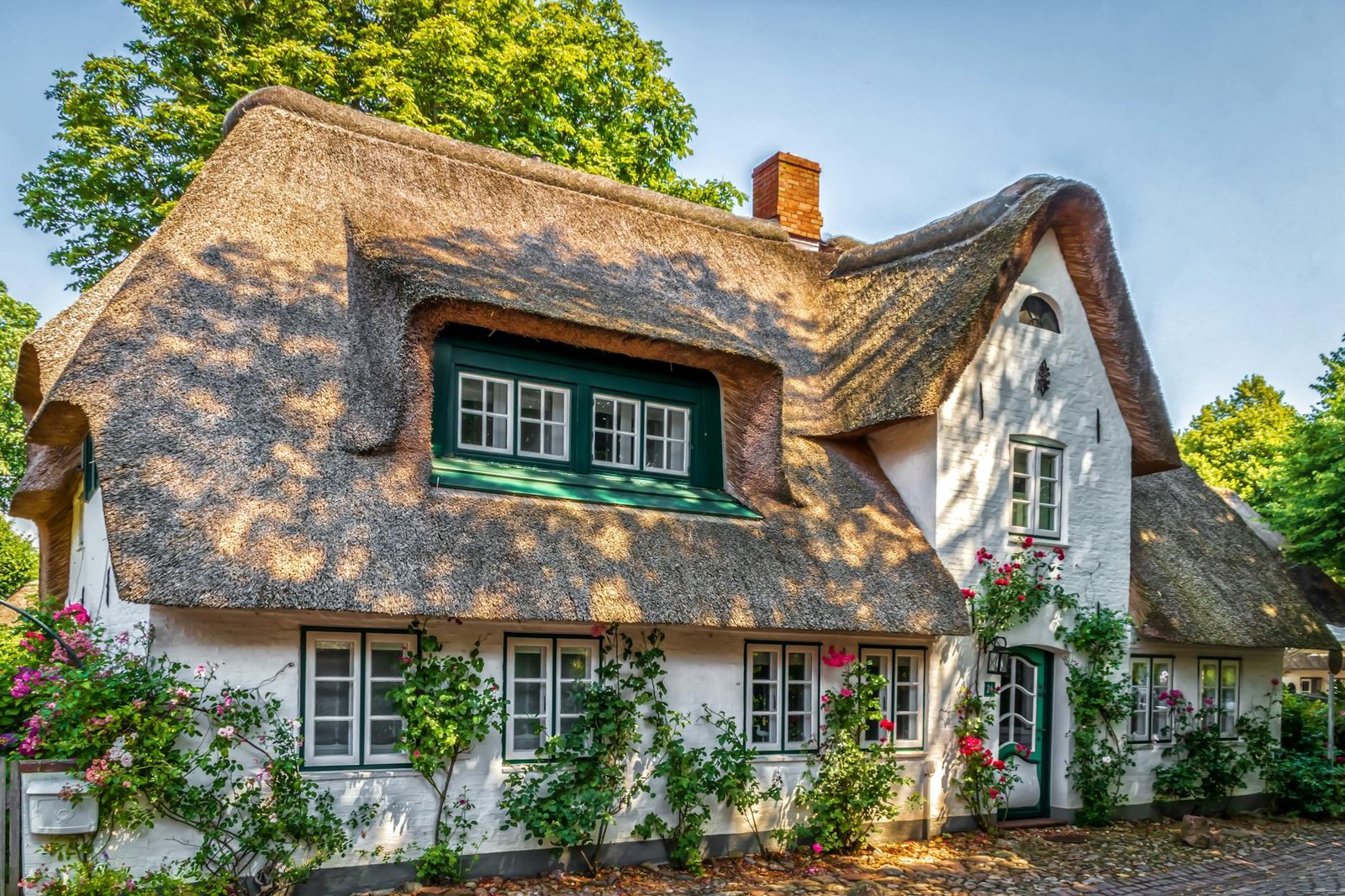Synthetic thatch has become an increasingly popular roofing material, offering the aesthetic appeal of traditional thatch without the associated maintenance and environmental concerns. But how is this remarkable product created? Let’s delve into the fascinating process of artificial thatch manufacturing.
The Raw Materials
The foundation of synthetic thatch lies in high-quality, durable materials. The primary components typically include:
- Polyethylene: This versatile plastic forms the base of most synthetic thatch products. It offers excellent weather resistance, durability, and flexibility.
- UV Stabilizers: Manufacturers incorporate UV stabilizers into the material to ensure the artificial thatch retains its color and integrity under prolonged sun exposure.
- Color Pigments: Manufacturers add these pigments to create the desired color palette, ranging from natural hues to vibrant shades.
- Fire Retardants: Manufacturers treat many artificial thatchproducts with fire retardants to enhance safety.
The Manufacturing Process
- Extrusion: Manufacturers melt polyethylene resin and extrude it through a die to form long, continuous strands. These strands resemble the individual blades of natural thatch.
- Coloring: Manufacturers then infuse the extruded strands with the desired color pigments. This step is crucial in achieving the authentic appearance of natural thatch.
- Texturing: To mimic the natural texture and appearance of thatch, the strands undergo a texturing process. This can involve embossing, grooving, or other techniques to create a realistic look.
- UV Treatment: Manufacturers treat the strands with UV stabilizers to protect them from the sun’s harmful rays. This ensures the synthetic thatch retains its color and durability over time.
- Fire Retardant Treatment: For added safety, some manufacturers apply fire retardant coatings to the synthetic thatch.
- Assembly: The textured, colored, and treated strands are then assembled into panels or rolls. This involves carefully arranging the strands to create the desired thickness and density of the thatch.
- Quality Control: Manufacturers implement rigorous quality control measures throughout the manufacturing process to ensure the final product meets the highest standards.
The Finishing Touches
To enhance the realism and durability of synthetic thatch, additional treatments may be applied:
- Water Repellency: Some manufacturers incorporate water-repellent coatings to protect the artificial thatch from moisture damage.
- Mold and Mildew Resistance: To prevent the growth of mold and mildew, antimicrobial agents may be added.
- Flame Retardancy: Manufacturers apply additional fire-resistant treatments for increased fire safety.
The Benefits of Synthetic Thatch
Artificial thatch offers numerous advantages over its natural counterpart:
- Durability: Resistant to rot, pests, and weather damage.
- Low Maintenance: Requires minimal upkeep compared to natural thatch.
- Fire Resistance: Many synthetic thatch products are fire-resistant.
- Eco-Friendly: Reduces the demand for natural resources.
- Aesthetic Appeal: Accurately replicates the look and feel of traditional thatch.
By understanding the manufacturing process of synthetic thatch, you can appreciate the innovation and technology that go into creating this exceptional roofing material.
If you’re looking to transform your outdoor space with the timeless beauty and durability of synthetic thatch, KHW Solutions is your ideal partner. With our expertise in providing top-quality artificial thatch roofing solutions, we can help you create a stunning and low-maintenance roof that complements your property’s aesthetic. Contact us today to discuss your project and explore the endless possibilities that synthetic thatch offers.


